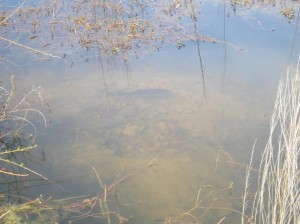Many, LA- The FLW tour blew into Louisiana over the weekend, and it was exactly that wind that made all the difference.
Glen Freeman, a resident of Converse, Louisiana, made all the right adjustments to stay on top of the fish, despite the fact that the wind was making finding them a tough task. The weather did not cooperate or stay consistent day to day.
On day one, calm conditions greeted the anglers, only to give way to a storm in the mid-morning time frame. Day 2 ushered in clearer skies, but also winds that churned up the water and produced waves—some as high as six feet. On the final day, all hope of predicting Mother Nature went out the window, as winds shifted and changed seemingly out of nowhere. [Read more…]
